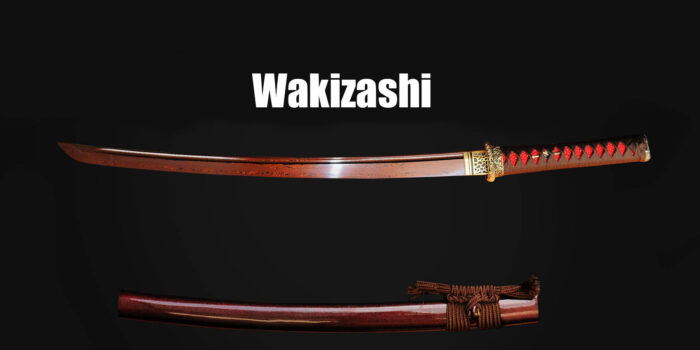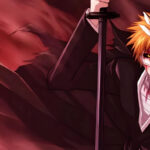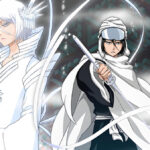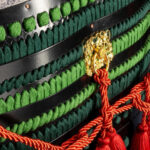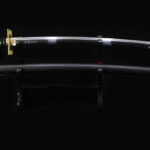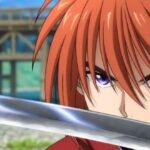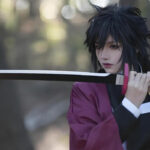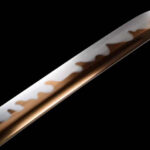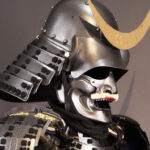Exploring the Wakizashi: The Elegant Short Sword Among Types of Katanas
When discussing Japanese swords, the Katana is often the first to come to mind—its long, curved blade and legendary reputation have made it iconic worldwide. However, there’s another equally important blade in the samurai sword system: the Wakizashi. Though smaller, this short sword played a crucial role in the daily life, combat tactics, and ceremonial customs of the samurai.
In this guide, we’ll delve deep into the Wakizashi sword, uncovering its origins, structure, uses, and how it compares with other types of katanas. Whether you’re a sword enthusiast or simply curious about the parts of a katana, this article will offer a well-rounded understanding of one of Japan’s most unique blades.
1. The Three Samurai Swords: What Blades Did the Samurai Carry?
In traditional Japanese sword culture, samurai didn’t rely on just one weapon. They typically carried a set of three:
Katana – A long sword used primarily for open battle. It’s designed for powerful, slashing motions.
Wakizashi – A mid-length sword, typically 30–60 cm long. It was suitable for close-quarters combat and indoor defense.
Tanto – A short dagger used for self-defense or assassination.
These three are known collectively as the samurai’s three swords. The Katana and Wakizashi were often worn together as a set called daisho (“big and small”), symbolizing the samurai’s status and authority.
2. The Role of the Wakizashi Among Different Katanas
A Symbol of Rank and Respect
Unlike the Katana, which was removed when entering homes or formal spaces, the Wakizashi remained at the samurai’s side. Its constant presence marked both respect for social customs and readiness for self-defense. Since commoners were not allowed to wear both Katana and Wakizashi, the daisho was also a mark of elite social status.
Practical and Tactical Advantages
Thanks to its shorter length and lighter weight, the Wakizashi was perfect for indoor fights and confined spaces. It was quicker to draw and maneuver, making it highly effective for sudden encounters. Additionally, the Wakizashi was often the chosen weapon for seppuku (ritual suicide), underlining its spiritual and cultural role in samurai life.
3. The Design and Craftsmanship of a Wakizashi
While smaller than a Katana, the Wakizashi retains all essential parts of a katana, including:
Tsuka (Handle) – Often wrapped in ray skin and cloth for grip and control.
Tsuba (Guard) – Protects the hand and features intricate artistic detailing.
Saya (Scabbard) – Made of lacquered wood to shield the blade.
Hamon (Temper Line) – Formed through clay tempering, it reflects both strength and beauty.
Wakizashi swords were frequently engraved with famous katana names or passed down with honorable katana nicknames, adding historical depth and personal meaning to each piece.
4. Wakizashi vs. Other Japanese Sword Types
Wakizashi vs. Katana
Katana: Longer, suited for outdoor combat and powerful strikes.
Wakizashi: Shorter, ideal for indoors or backup defense. More versatile in tighter spaces.
Wakizashi vs. Tanto
Tanto: Primarily for stabbing; used in emergency or stealth situations.
Wakizashi: A multipurpose blade, good for fighting, defense, and ceremony.
Wakizashi vs. Naginata
Naginata: A long pole weapon used mainly by female warriors in historical contexts.
Wakizashi: More compact and agile; suited for fast-paced movements.
Today, modern practitioners often train with wooden replicas like wooden naginata for sale, while collectors seek hand-forged Wakizashi swords for their beauty and historical value.
5. How to Use a Wakizashi — Techniques for Close Combat
Learning how to use a katana sword also includes understanding the Wakizashi’s unique handling. Here are some key techniques:
Proper Grip
The grip should be light but secure, allowing for fluid wrist action. Precision and flexibility matter more than brute strength due to the Wakizashi’s shorter blade.
Drawing the Blade
A quick, smooth draw from the Saya is crucial. Movements should align with the body’s momentum to maximize speed and power in a surprise attack.
Cutting Techniques
Wakizashi techniques include:
Rapid thrusts
Short horizontal slashes
Quick counter-cuts
Training with the Wakizashi improves close-range combat agility and develops a deeper understanding of different katana blade types.
Defensive Moves
Thanks to its mobility, the Wakizashi is also highly effective for blocking, deflecting, and countering. Its defensive use depends heavily on timing and positioning, offering strategic balance between attack and protection.
6. How Much Does a Wakizashi Weigh? And How Are They Made?
The weight of a Wakizashi usually falls between 0.5 to 1 kg, making it significantly lighter than the Katana.
Swordsmithing Process:
Forging high-carbon steel repeatedly to strengthen the blade and remove impurities.
Applying clay tempering to create a hardened edge and a soft spine—this produces the signature Hamon line.
Hand polishing the blade to reveal its patterns and sharpness.
Mounting with the Tsuka and Tsuba for aesthetic and functional balance.
Each handcrafted Wakizashi reflects centuries of refined Japanese sword-making tradition.
Conclusion: Why the Wakizashi Still Matters
The Wakizashi is more than a backup blade—it’s a testament to the balance of form, function, and philosophy in samurai sword culture. Whether you’re learning about types of katanas, studying historical samurai sword names, or exploring the parts of a katana, the Wakizashi is a vital part of the narrative.
Whether as a collector’s piece, martial arts weapon, or historical artifact, the Wakizashi offers a unique window into the world of Japanese swords. It stands as a perfect blend of elegance, craftsmanship, and cultural significance.
Hand Forged Japanese Wakizashi Sword Folded Steel Brass Tsuba Reddish Black Blade
Hand Forged Japanese Wakizashi Sword Folded Steel Brass Tsuba Reddish Black Blade
